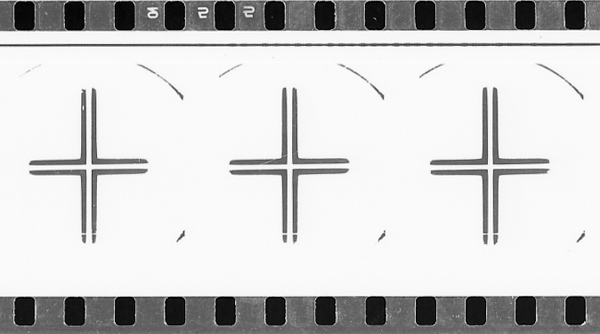White Substance

Synopsis
"A White Substance begins with a dimly lit image of a black woman. She looks at herself in a mirror. Obviously not making herself up, she's just there. She pulls at her dress, adjusting it and checking to see whether it sits properly. Unexpectedly, she turns her head, runs her hand along her ear and neck – possibly an unconscious gesture from the past – before stopping suddenly and in a way staring off into space. The image avoids the conventional representation of women, of women looking into a mirror. This becomes particularly evident at the end of the sequence: The black woman's gaze is directed at us in a closeup – but there isn't anything there, or at least nothing we would expect, no hope and no accusation. Her eyes are expressionless, they're not directed at anything in particular. Our own gaze is thrown back at us, beneath which the woman's face is transformed into a memory of pain.It's March 2006, we're in Bunia, the capital of Ituri, an eastern province of the Democratic Republic of the Congo. Ten years have passed since the First Congo War, six since the beginning of the UN mission there. Rape is still being employed as a weapon. In A White Substance everyone involved is given an opportunity to speak: the victims and the perpetrators, and also the individuals in-between. Roles are assigned, postures are assumed. The proverbial man on the street, a judge, and a man who has been imprisoned on a charge of rape express their thoughts. Women and girls who have been attacked speak in reports read in a voice-over or by employees of the hospital run by Doctors without Borders. This is accompanied by the drone of helicopters, full of the silent, omnipresent UN troops, that constantly circle the town." – Sylvia Szely (Translation: Steve Wilder)